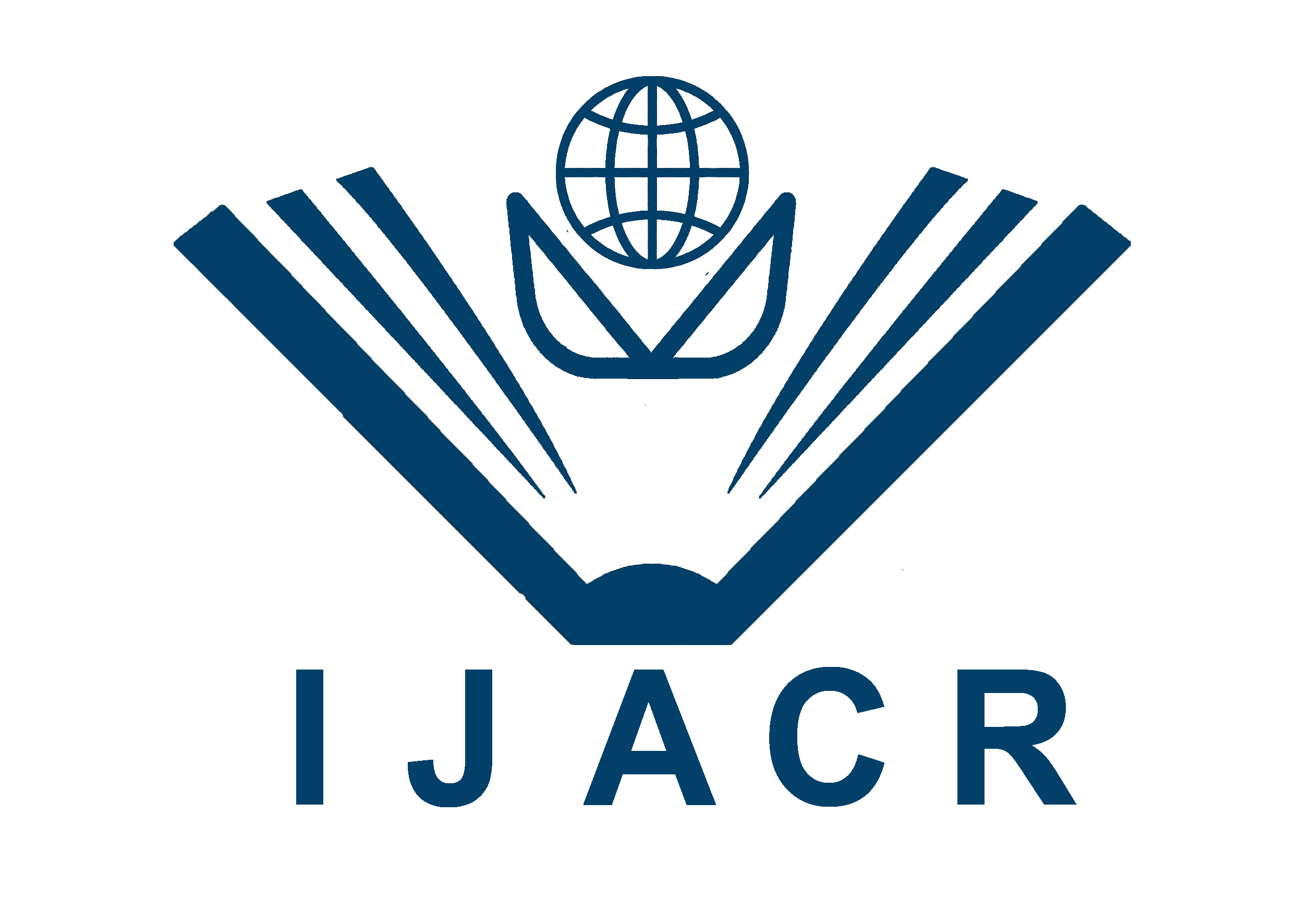International Journal for Asian Contemporary Research, 2(1): 8-11
Development of Management Practices against Sugarcane Grasshopper in Faridpur Sugar Mills Area of Bangladesh
Received: 04 April 2022 || Accepted: 10 May 2022 || Published: 20 May 2021
A b s t r a c t
The field experiment was conducted at Masordia, Madukhali, Faridpur Sugar Mills area, Faridpur during the cropping season of 2014--2017 to find out the development of management practices against sugarcane grasshopper for commercial cultivation of sugarcane. The experiment was designed in a Randomized Complete Block Design (RCBD) with three replications and comprised of six treatments. In three cropping seasons, the highest efficacy was found in treatment T4 (Weeding and mulching at once month interval + Nitro 505 EC @ 3.0 L.ha-1 ) of 86.23%, 82.72% and 82.34% respectively followed by 82.53%, 80.91% and 78.44% respectively whereas the lowest efficacy was found from T1 (Weeding and mulching at once month interval) of 4.32%, 7.79% and 7.53% respectively. Nevertheless, the three consecutive cropping seasons Bio-control agent treated plot showed 24.83%, 33.67% and 34.77% efficacy. This study revealed that Weeding and mulching + Nitro 505 EC insecticides application management practices best effective control against grasshopper in sugarcane cultivation. This technique will also be applied in others sugarcane growing areas of Bangladesh.
Keyword: Sugarcanegrasshopper, management practices, insecticides and effective control.
Copyright information: Copyright © 2022 Author(s) retain the copyright of this article. This work is licensed under a Creative Commons Attribution 4.0 International License
To cite this article: Siddiquee, M.N.A, Rahman, M.A., Alam, M.N., Reza, M.E., and Nooruddin, M. (2022). Development of Management Practices Against Sugarcane Grasshopper in Faridpur Sugar Mills Area of Bangladesh. International Journal for Asian Contemporary Research, 2 (1): 8-11.
References
- Akhtar MH, Usmani MK, Nayeem MR, Hirdesh K. 2012.Species diversity and abundance of grasshopper fauna (Orthoptera) in rice ecosystem. Annlals of Biological Research. 3(5):2190-2193.
- Avasthy PN.1977. Integrated control of sugarcane pests and diseases. Sugar News. 9:72-74.
- Biswas GC. 2014. Insect pests of groundnut (Arachis hypogaea L.), nature of damage and succession with the crop stages. Bangladesh J. Agril. Res. 39(2): 273-282
- CABI.1999.Crop protection compendium Compact Disk
- Chatterjee PB and Debgoswami A.1981. Rice grasshopper outbreak in West Bangal, India. International Rice Research Newsletter, 6(3):19.
- FRG.2012. Fertilizer Recommendation Guide, Bangladesh Agricultural Research Council (BARC), Farmgate, Dhaka-1215. pp 172.
- Gangwere SK, Muralirangan MC and Muralirangan M. 1997. Raison dÕ etre of book, p. 1Ð3. In S. K. Gangwere and M. C. Muralirangan [eds.], The bionomics of grasshoppers, katydids and their kin. Cab International Publishers, London, England.
- Garg GC and Chaudhary J P.1979. Insect pest of sugarcane in Punjab and their control III. Mandibulate pests. Indian sugar, 28:799-802.
- Joshi PC, Lockwood JA, Vashishth N and Singh A. 1999. Journal of Orthoptera Research. 8: p. 17-23.
- Kumarasinghe NC.1999. Insect fauna associated with sugarcane plantations in Sri Lanka Division of Pest Management, Sugarcane Research Institute, Uda Walawe, Sri Lanka 70190
- Meshrm P, Pathak B and Jamaluddin SC.1990. Population dynamics and seasonal abundance of some forest insect pests (nursery stage) through light trap. Indian Forester, 116(6):494-503.
- Mulkern GB.1967. Annual Review of Entomology. 12: p. 59-78
- Otte D.1995. Orthoptera species Þle 4. OrthopteristsÕ Society and Academy of Natural Sciences of Philadelphia, Philadelphia, PA.
- Pfadt ER.1994. Field guide to common western grasshoppers, 2nded. Wyoming Agricultural Experiment Station. Bulletin 912
- Vastrad AS.1986. Ecological studies on grasshoppers (Orthoptera: Acridoidea) fauna of Dharwad region, India. M. Sc. (Ag.). Thesis, University of Agricultural Sciences, Dharwad, Karnataka (India).
- Weiland RT, JudgeFD, PelsTand Grosscurt AC. 2002. A literature review and new observations on theuse of diflubenzuron for control of locusts and grasshoppers throughout the world. J. Orthoptera Res. 11: 43-54.
Article View: 1628 times



